US Fed vice chairman Stanley Fischer to step down
Vice chair Stanley Fischer’s exit comes as Donald Trump ponders changes to the Fed leadership, and creates uncertainty.
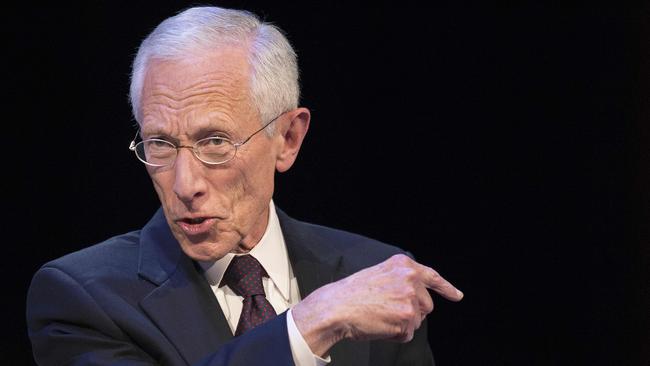
Federal Reserve vice chairman Stanley Fischer will resign in mid-October, accelerating President Donald Trump’s opportunity to reshape the central bank’s leadership and creating more uncertainty about Fed policies next year.
Mr Fischer, a respected economist and central banker, said his resignation was due to personal reasons and would be effective on or around October 13.
He has been a close ally of Fed chairwoman Janet Yellen, whose term in the top job expires in early February. His resignation gives Mr Trump a fourth vacancy on the powerful seven-member Fed board of governors and comes as the President mulls whether to nominate Ms Yellen for a second term or pick someone else to succeed her.
Mr Trump told The Wall Street Journal in July he was considering asking her to stay on, though he might not announce his nominee until late this year. He also said his economic policy director, Gary Cohn, was in the running for the Fed job, though that was before Mr Cohn publicly criticised the president’s handling of protests organised by white nationalists in Charlottesville, Virginia, last month that turned violent.
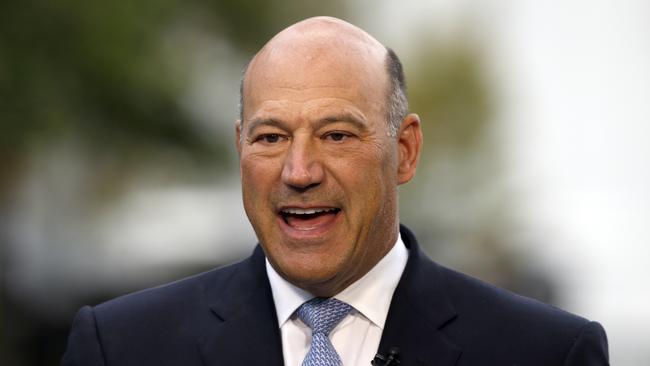
The President has declined to name other possible candidates, but potential replacements for the chair position — and now the vice chair — are likely to fall into two camps: conservative economists such as John Taylor of Stanford University, or non-academics with a business background, such as Fed governor Jerome Powell or former Fed governor Kevin Warsh.
Mr Fischer’s mid-October resignation means he will attend the central bank’s next policy gathering on September 19 and 20, when the Fed is expected to announce plans to begin shrinking its portfolio of bonds and other assets accumulated during the financial crisis.
Fed officials in June raised their benchmark federal-funds rate to a range between 1 per cent and 1.25 per cent, and pencilled in one more rate increase this year. Market participants see almost no chance of a rate increase this month or at a meeting on October 31-November 1, according to CME Group. They see about a 36 per cent probability of a rate increase at the Fed’s December 12-13 meeting, in part because inflation hasn’t rebounded after several weak months.
Policy decisions beyond December are clouded by the leadership succession question, and that uncertainty could increasingly weigh on markets.
The S & P 500 slightly pared gains and Treasury yields dipped briefly following the announcement of Mr Fischer’s resignation.
Analysts saw Mr Fischer as a centrist voice as the Fed’s second-in-command, and slightly less inclined to keep rates low to spur the economy than Ms Yellen.
“At the margin, his absence may lower slightly the odds of a December hike, though we think the data will be much more important for that decision than today’s news,” said Michael Feroli, chief US economist at JP Morgan Chase & Co in a note to clients.
Mr Fischer’s departure gives the White House a wider range of options in considering how to remake the Fed, but it also highlights the precarious balancing act Mr Trump and his advisers must seek in placating markets that have appeared comfortable with Ms Yellen’s leadership this year.
Indeed, Mr Trump has told people that he is impressed with Ms Yellen, leaving them with the sense he might ask her to serve a second term despite publicly criticising her last year for keeping interest rates too low, which Mr Trump said benefited Democrats.
Every president since Ronald Reagan has asked the standing Fed leader to stay in the job at the start of his presidency, which has served to underscore the central bank’s relative independence from politics on monetary policy. If Mr Trump doesn’t follow that pattern, Ms Yellen would be just the third Fed leader since 1934 to serve only one term.
Ms Yellen hasn’t said whether she would like to serve a second term, but some friends and former colleagues say her long record of public service and her devotion to the Fed are clues that she would accept a nomination if it were offered.
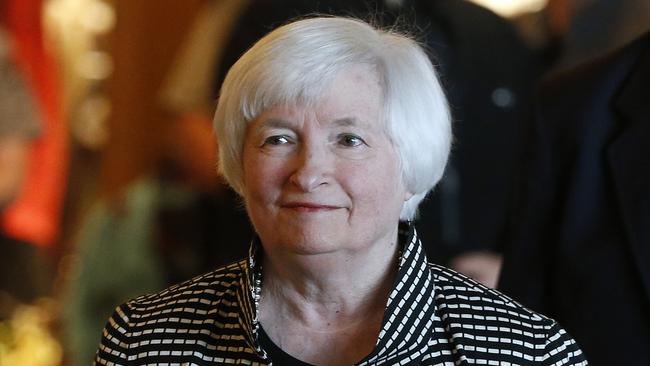
Mr Trump has nominated Randal Quarles, a private-equity executive who served in the Bush administrations, for one of the three vacant Fed board slots, but has yet to name his other picks. A Senate committee is set to vote on Mr Quarles’ nomination as the Fed’s vice chair for bank regulation on Thursday, and he is expected to ultimately win confirmation. Nominations for all board positions, including the chair and vice chair, are subject to Senate confirmation.
The White House has been considering nominating Marvin Goodfriend, a former research director at the Richmond Fed who is a professor at Carnegie Mellon University, to the Fed’s board. One possibility would be to nominate an incoming board member, such as Mr Goodfriend, or an current board member, such as Mr Powell, to the vice chair post.
Even though Ms Yellen’s term as chair expires early next year, her term as a governor extends until 2024, raising the prospect she could stay on as an interim chair after next February if a successor isn’t in place.
Nearly three in four economists surveyed by The Wall Street Journal this month said Ms Yellen should be reappointed as Fed chair. Around two thirds of the same economists said Mr Cohn is qualified to be chair. The Journal surveyed 56 economists from September 1 to September 5 in its monthly poll.
While it isn’t a requirement, typically an economist serves as the Fed chair. President Jimmy Carter named G. William Miller, a businessman and informal adviser, to lead the Fed in 1978. His leadership was viewed within the Fed and on Wall Street as ineffectual, leading Mr Carter to replace him within 18 months with Paul Volcker, then the president of the New York Fed; Mr Miller became Treasury secretary. Every chair named since then has also been an economist.
Mr Fischer, a luminary in central banking, came to the Fed in 2014 after having taught many leading policy makers during a more-than-two-decade career as a professor at the Massachusetts Institute of Technology specialising in international economics. His students included European Central Bank President Mario Draghi and former Fed Chairman Ben Bernanke.
Mr Fischer also ran a central bank — the Bank of Israel — from 2005 to 2013, held a senior post at the International Monetary Fund and served as a Citigroup vice chairman.
As a key member of Ms Yellen’s inner circle of decision makers, Mr Fischer pushed Fed leadership to gradually unwind the central bank’s postcrisis policies, including raising short-term interest rates after holding them near zero for many years. During an internal debate about raising rates in 2015, he at one point appeared at odds with New York Fed President William Dudley over when to start the process. But most of his tenure was marked by unified public consensus among the troika.
Mr Fischer’s term as Fed vice chairman was due to end in June 2018, although his term as governor wouldn’t have ended until January 31, 2020. Several people who know him say he has been addressing family health issues.
Mr Dudley’s term ends in early 2019.
In a letter of resignation to Mr Trump dated September 6, Mr Fischer said “it has been a great privilege to serve on the Federal Reserve Board and, most especially, to work alongside Chair Yellen as well as many other dedicated and talented men and women throughout the Federal Reserve System.”
Dow Jones Newswires

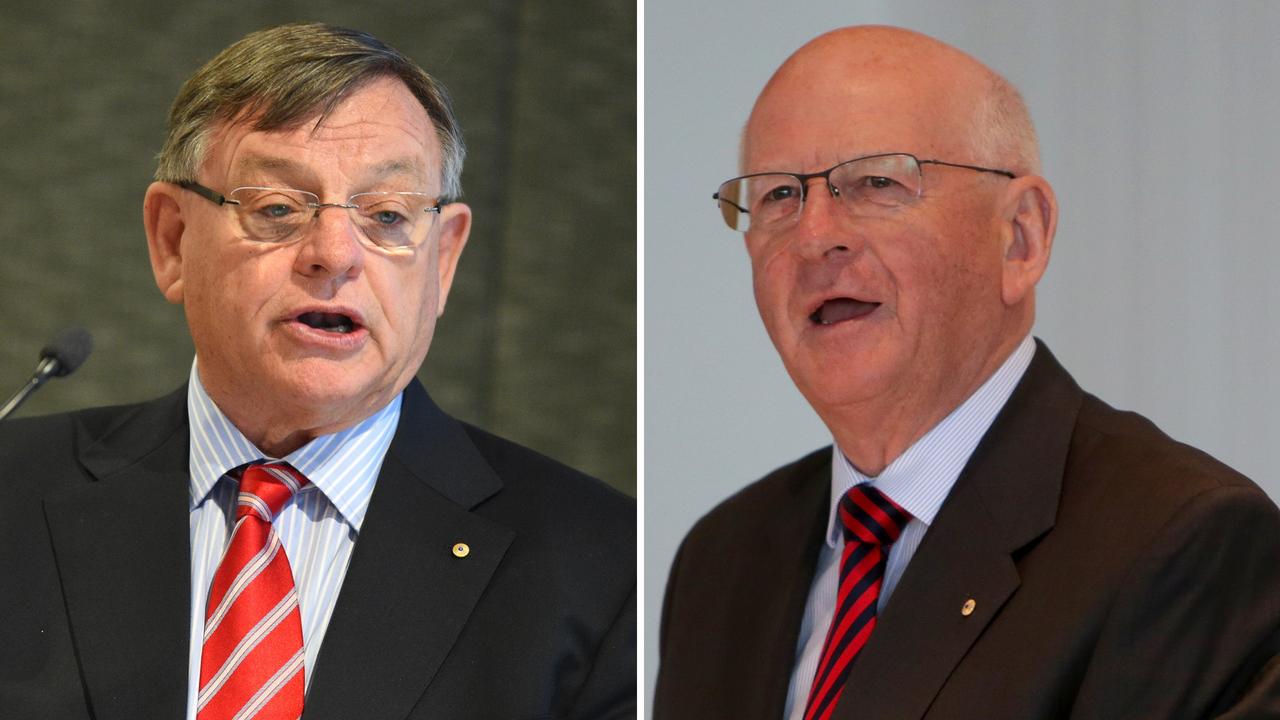
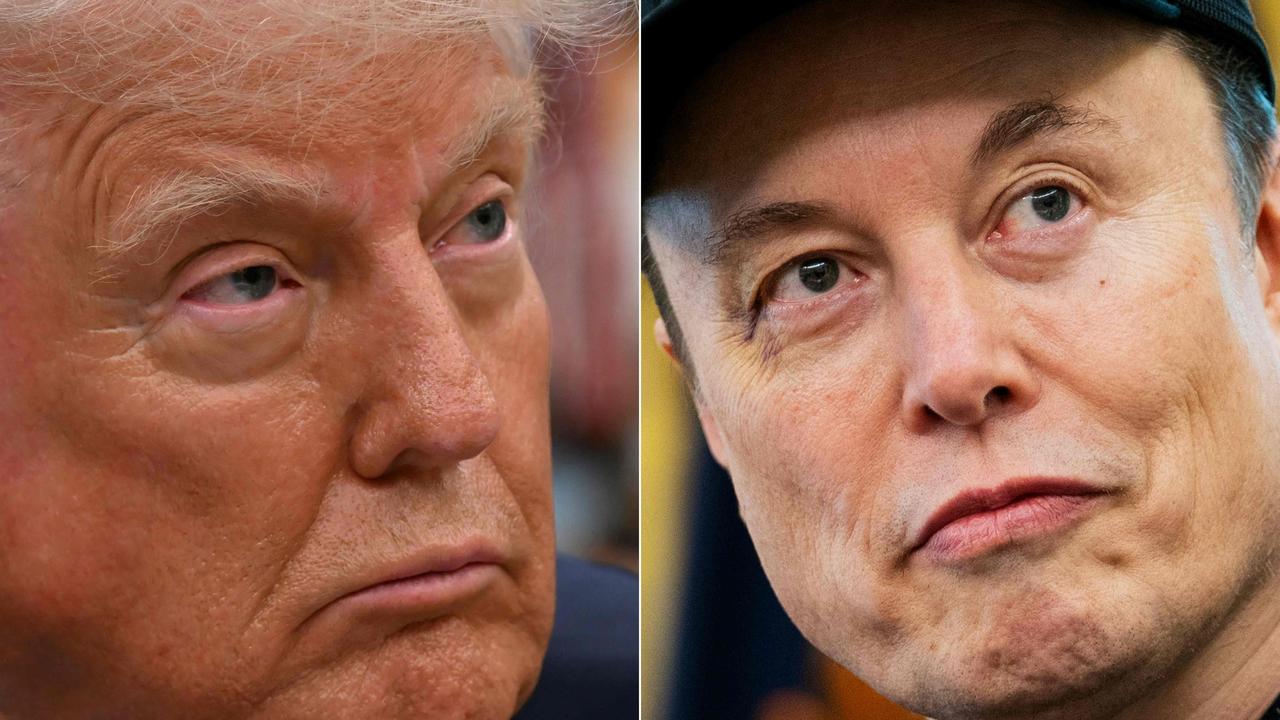
To join the conversation, please log in. Don't have an account? Register
Join the conversation, you are commenting as Logout